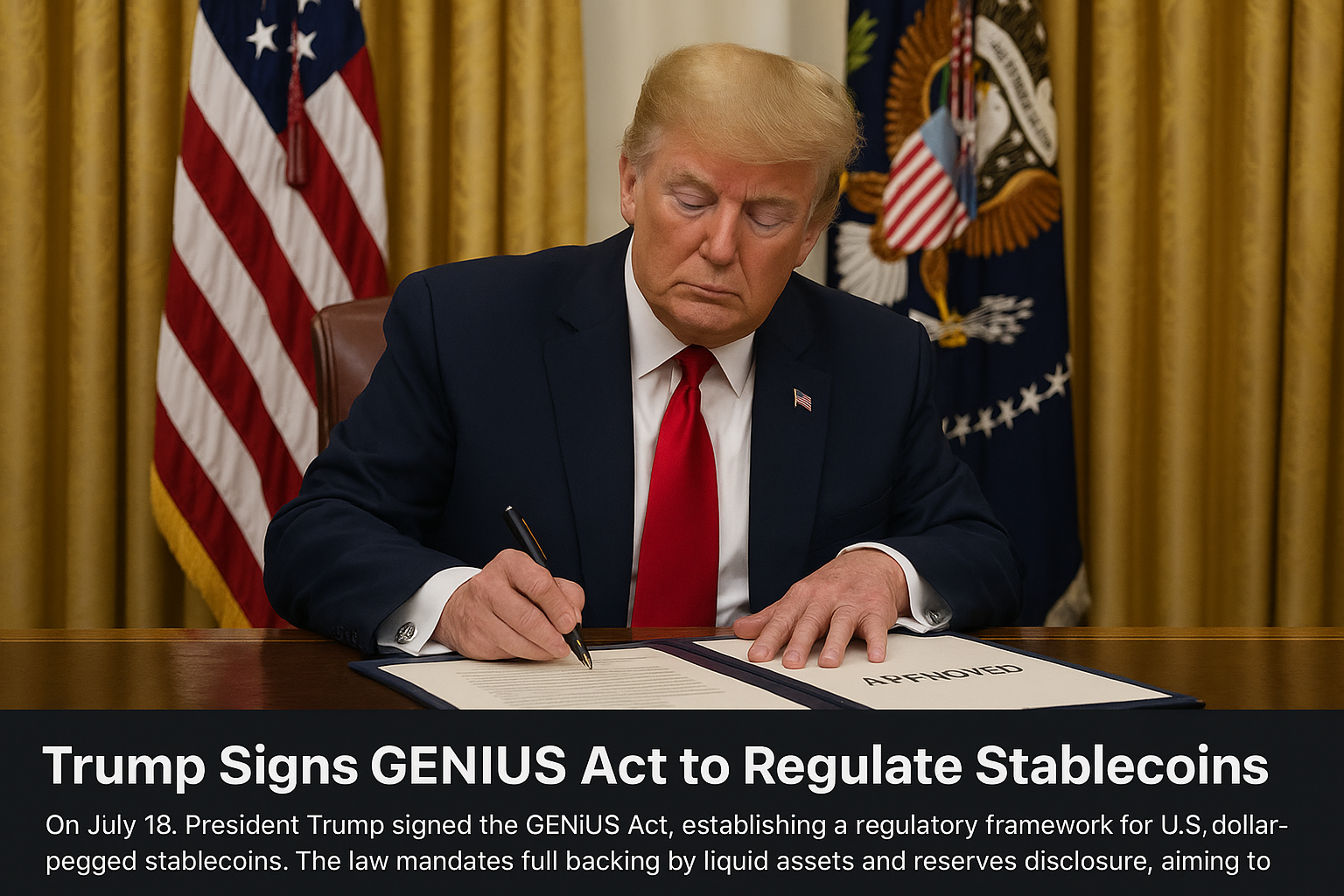Financial markets have been rocked by President Trump’s announcement of new tariffs, causing a significant sell-off in risk-sensitive currencies and a sharp decline in cryptocurrencies. The proposed tariffs include a 25% levy on Mexican and Canadian goods, coupled with an additional 10% on Chinese imports, escalating fears of a prolonged trade war that could ripple across global markets.
Tariffs Trigger Market Turmoil
The announcement has intensified uncertainty, leading investors to flee from risk assets to safe havens like the U.S. dollar and gold. The Mexican peso and Canadian dollar were among the hardest hit, experiencing sharp declines as traders reacted to the heightened trade tensions. Meanwhile, the Chinese yuan also slid, reflecting concerns about the broader impact on global trade and economic growth.
Cryptocurrencies Take a Beating
The crypto market was not spared. Bitcoin and Ether saw their steepest monthly falls since June 2022, dropping by over 15% and 18%, respectively. Analysts suggest that the heightened volatility and risk aversion triggered by the tariff announcement led to a mass liquidation of crypto assets. As investors sought safety in traditional assets, cryptocurrencies, often viewed as high-risk, bore the brunt of the sell-off.
Why Cryptocurrencies Are Vulnerable
Cryptocurrencies have increasingly mirrored risk-sensitive assets, moving in tandem with equity markets amid geopolitical tensions. The lack of regulatory clarity and institutional adoption has made digital assets particularly susceptible to sudden shifts in investor sentiment. With uncertainty surrounding the duration and impact of the tariffs, traders opted to reduce exposure to volatile assets, exacerbating the downturn in the crypto market.
Safe Haven Assets Gain Momentum
In contrast, gold surged by nearly 5%, hitting a six-month high as investors rushed to secure safer investments. The U.S. dollar index also rose, reflecting its role as a global safe haven. Treasury bonds saw increased demand, with yields declining as capital flowed into less risky assets.
The Broader Economic Impact
Economists warn that the tariffs could lead to higher consumer prices and disrupted supply chains, further weighing on risk assets. Manufacturing sectors in North America and Asia are likely to face increased costs, potentially slowing growth. For cryptocurrencies, the immediate outlook remains bleak, with further volatility expected if trade tensions escalate.
As markets digest the implications of Trump’s tariff announcement, risk-sensitive currencies and cryptocurrencies are likely to remain under pressure. Investors will be closely watching for any signs of easing tensions or potential retaliatory measures from affected nations. Until then, the preference for safe-haven assets suggests that risk markets, including crypto, could face continued turbulence.




